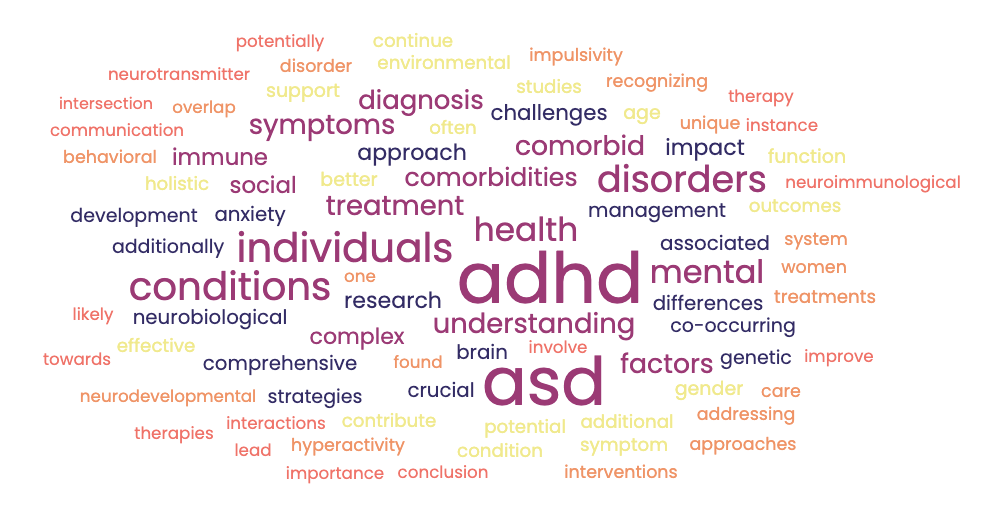Children can be over- or under-sensitive to many things, including eating, so we must remember that eating is more than just chewing and swallowing food. It is a sensory experience. Eating includes:
- The External Environment: What is happening around me?
- The smell of food, people around and the room
- The lighting of the room
- The visual presentation of the food
- The voices of people and noises in the room or outside on the street
- The feel of the utensils against the lips, hands and tongue
- The feel of the chair and table against the skin
- The Internal Environment: What is happening inside my body?
- The flavor of the food
- The texture of the food on the hands, on the lips, in the mouth, or on the skin
- The feeling of being hungry, full or uncomfortable due to pain, reflux or constipation
The lists above may remind you of things to think about when being mindful while you eat. Some children innately are much more mindful of what they are eating than adults. This can result in a strong reaction to new foods, but mindfulness can help work through this. Another unfortunate extreme occurs when children are not at all aware of what is going on when they eat. Innate senses can sort of be drowned out over time by distractions and less than ideal mealtime routines. I work with families on a daily basis to help parents understand what a child may be experiencing when they eat and how to promote a healthy food environment that encourages a nutritious and varied diet. This often includes mindful eating.
All aspects of mindful eating promote satisfaction with food and eating and a healthy approach to food choices, preparation and consumption. Below are ways to be mindful as a family:
- Promote family meals. This is not always easy, but having at least one family meal a day can improve a child’s understanding of food.
- Cook together! When children participate in preparing the meal, we are allowing them opportunities to interact with foods that do not include the pressure of eating the food. Let them wash the veggies, shake the dressing, use a kid-friendly knife to chop the food. If a child feels more comfortable and safe around a food, they are more likely to eat it.
- Explore taste together. Talk about the food you are eating. Tell your child what it feels like, tastes like, smells like, etc. This is a difficult concept for kids at first so having an adult act as an example for fully experiencing a food can help. Start with a food your child loves and encourage him/her to come up with 5 words to describe it.
- Slow down! Allow your child to see a new food first, then touch it or smell it. It is important to offer a child a new food and allow them to mindfully interact with it however they feel comfortable. Give them time to work their way up to tasting it. If it is not a new food, encourage your child to take a bite and set the spoon/fork down between bites. There should be no hurry so you want your child to chew their food well.
- Decrease mealtime distractions. Technological devices are distracting for anybody, but especially a kid. It can completely remove them from the experience of eating and prevent them from learning to understand their body’s needs.
- Grow your own food. This may not be realistic for everyone, but even something as simple as buying a basil plant can help your child understand the process of where food comes from. Natural wholesome foods are more interesting to a child when they watered it themselves and watched it grow every day. It is also a fun project to take on as a family!
One of the main benefits of mindful eating for children is that it can help equip them with the ability to listen to their body, know when they are hungry and stop when they are satisfied. Infants are typically born with this ability. They cry when they are hungry. They stop nursing when they are full. Mindful eating can nurture this natural ability and can help children re-learn these feelings and re-establish a healthy relationship with food. Try it in a no-pressure, positive way. And don’t be surprised if your child begins to show more interest in new foods!







